(ECNS)-- What luster will a shell reveal after it is carved by a craftsman?
It can transform from an ordinary shell to a finely carved artwork, a combination of nature's wonderful power and exquisite craftsmanship.
Chinese people have a long relationship with shells. Around 17,000 years ago, the Upper Cave Man made shell chains as decorations.
After the Shang Dynasty (1600 to 1046 B.C.), shells also served as currency. During the Qin and Han dynasties (221 B.C. to 220 A.D.), people carved simple patterns of birds and beasts on shells and embedded them in utensils, desks and chairs.
This process of carving and embedding called "Luo Dian" was formed.
With the inheritance and development by generations of craftsmen, shell carving has drawn inspiration and got new momentum from ivory, jade, wood-carving and Chinese painting. Picked from rivers, lakes and seas, shells are selected, painted, carved, and then turned into intricate handicrafts.
Red sea and cone snail shells can be made into maple leaves; the ridges on red sea shells become veins of old tree leaves; the black spiral shells are hair accessories; the river shells have the ideal texture to be the design pattern of graceful dresses...
Skillful craftsmen have created countless shell carvings, glowing with natural texture and human wisdom. Billions of years ago, life originated from the sea.
As the fruit of the ocean and human craftsmanship, each shell carving carries ancient culture and modern civilization, telling timeless stories of the relationship between humans and the sea.














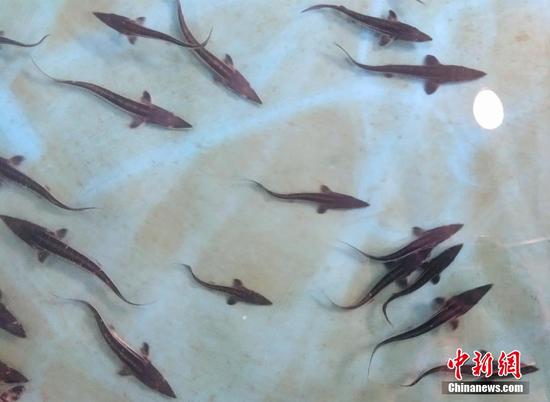
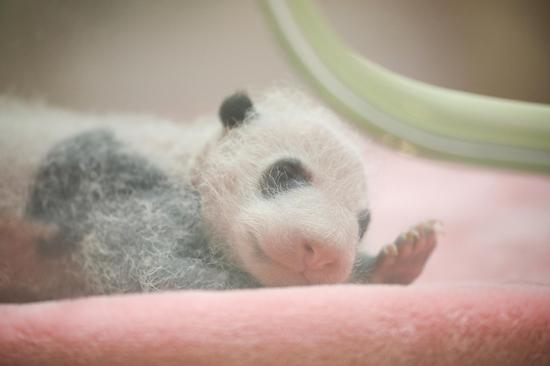
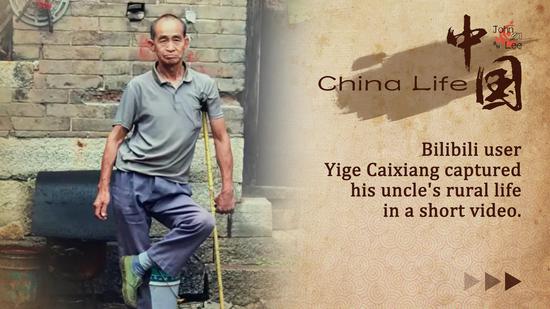

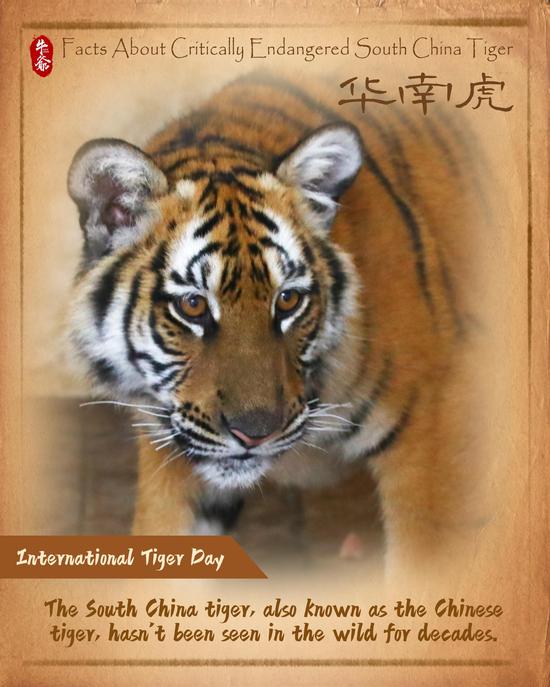
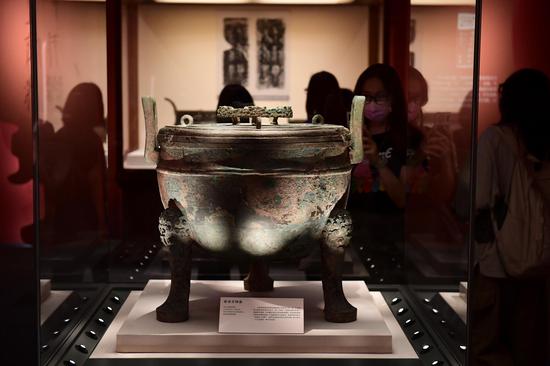



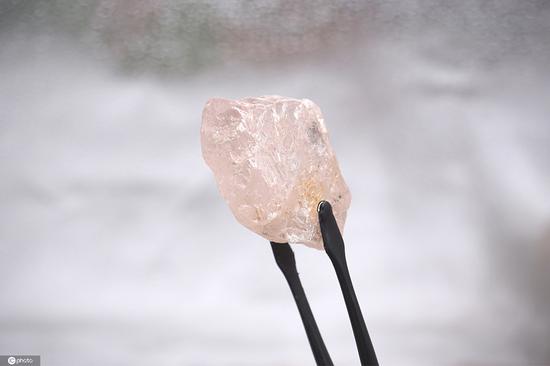






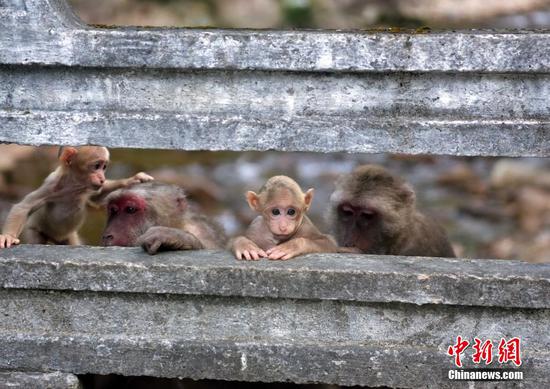

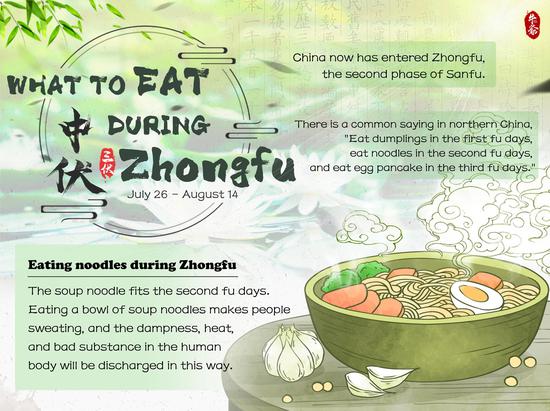






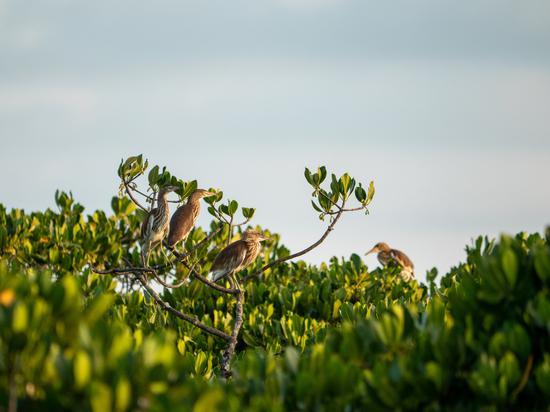








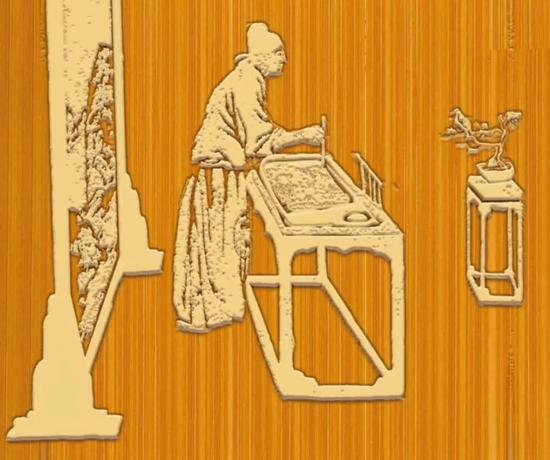

 京公网安备 11010202009201号
京公网安备 11010202009201号